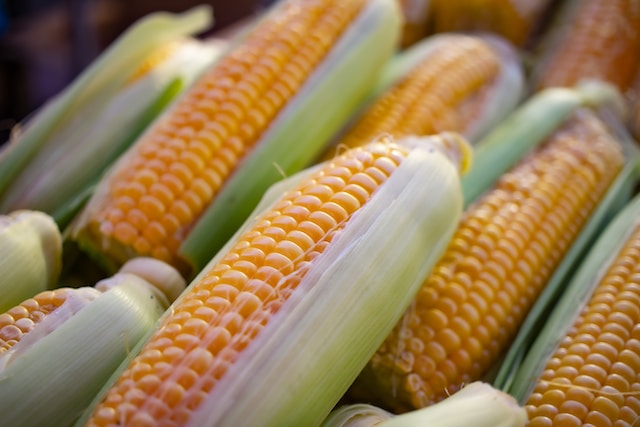There’s substantial evidence that diets rich in fruits and vegetables positively impact health and wellness. As part of a healthy diet, fruits and vegetables can lower the risk of cancer, cardiovascular disease, and cardiovascular disease. Many produce products have trace amounts of pesticides, putting families in a tough position.
Pesticides in Fruits and Vegetables
As much as three-quarters of produce in the US has some level of pesticides, a risk shared by oats, rice, and other foods. Pesticide contamination first made headlines in 1993. The National Academies of Science published a study that illustrated the extent of pesticide contamination in produce by the lack of oversight from government agencies, including the FDA and EPA.
High-risk Produce
EWG offers a comprehensive guide that tracks produce contamination levels in the US. The Shopper’s Guide to Pesticides in Produce is updated annually and includes the top twelve highest-risk product products.
In 2023, EWG found that more than 90% of strawberries, apples, cherries, spinach, nectarines and grapes showed residue from at least two pesticides. Researchers found 210 different pesticides on 46 food items, with some individual samples testing positive for as many as 23 pesticides.
Related: Do VOCs Cause Cancer?
Organic Produce Does Not Mean Pesticide-free
In most cases, organic fruits and vegetables have a lower risk of pesticides than non-organic alternatives. That doesn’t necessarily mean zero risk. Many organic products rely on “organic pesticides,” a range of compounds that meet the USDA’s criteria for “naturally derived” or “natural-allowed” use in organic agriculture.
Lower Your Exposure to Pesticides
Always rinse produce thoroughly before preparing and opt for organic options whenever possible. Don’t rely entirely on packaging, either. Terms like “natural,” “free-range,” and similar terms do not mean organic. Many of these terms aren’t regulated and have little bearing on the quality of the production, processing, or packaging.
Pesticides and Cancer
For decades, childhood cancer rates have increased. Researchers have found strong collaborative evidence that pesticide exposure contributes to cancer risk, both in childhood and later in life.
The first red flag was DDT, a widely-used pesticide for decades until it was banned in 1972. Researchers found that girls exposed to DDT before puberty were five times as likely to develop breast cancer in middle age. Another study found that DDT exposure in the womb increased breast cancer risk by a factor of four.
Prevention Makes a Difference
Like PFAS, pesticides in produce pose nearly unavoidable risks for everyone. Until sweeping reforms are made in agricultural practices, and polluters are held accountable, individuals need to make proactive decisions to lower their pesticide exposure. Shop for organic produce when possible, rinse food thoroughly, and maintain an active lifestyle to reduce the impacts of environmental contamination. You can help put prevention first; donate to Less Cancer today.


Leave A Comment
You must be logged in to post a comment.